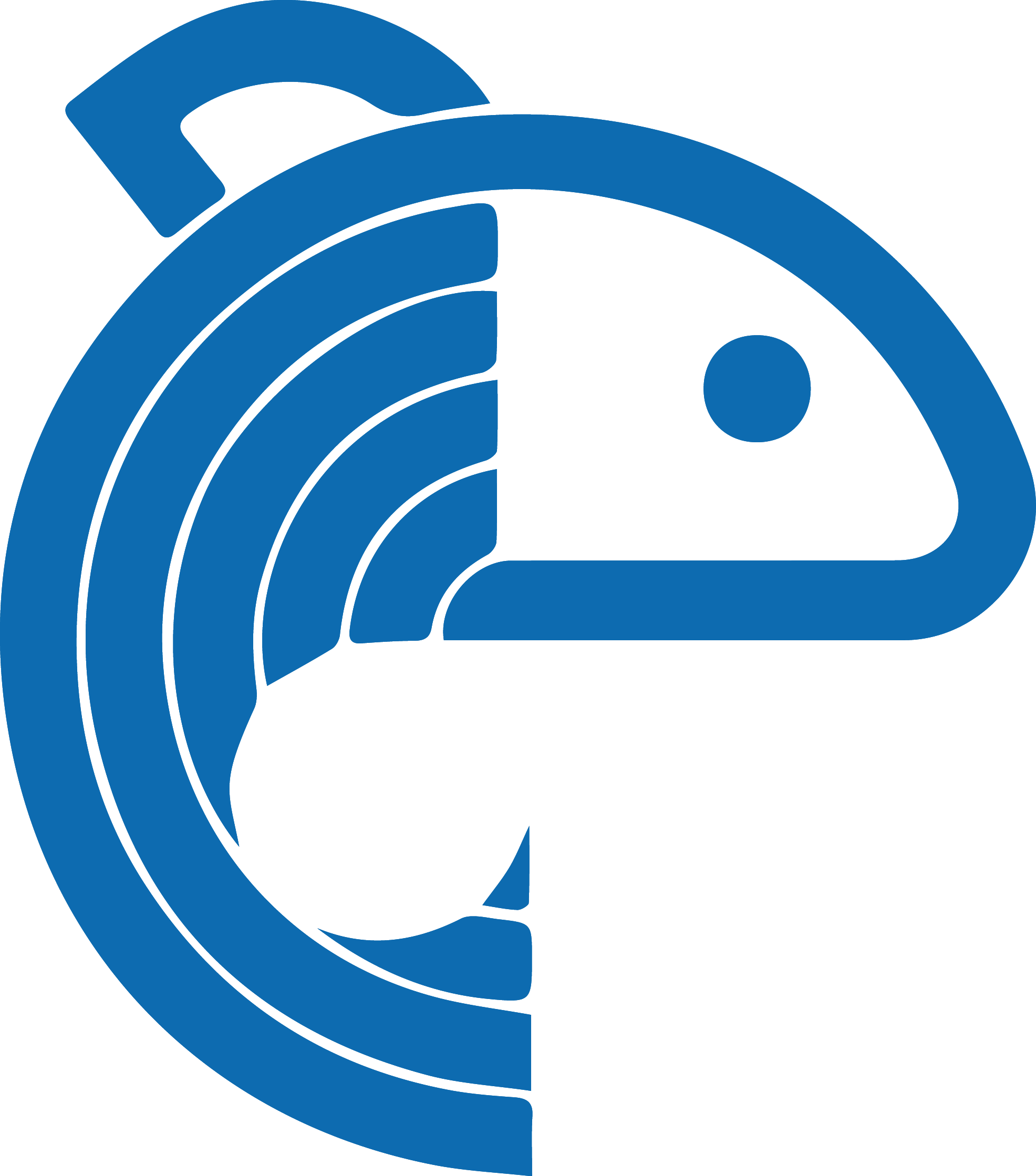Courtesy of SeafoodNews.com:
When it comes to salmon seasons on the West Coast, there is always good news and bad news.
The good news this year: Klamath and Sacramento River fall Chinook stock forecasts are up over last year — but their abundance forecasts are still down from years past.
The bad news: The abundance forecasts are still low enough that options include season closures.
“Meeting our conservation and management objectives continues to be the highest priority for the Council,” Pacific Fishery Management Council Chair Brad Pettinger said in a press release. “Balancing those objectives while providing meaningful commercial and recreational seasons remains a challenge in 2024.”
Forecasts for West Coast Chinook and coho stocks in 2024 are a mixed bag, the Council said, with some low and high points when compared to last year. Federal requirements to conserve Fraser River (Canada) coho,
Washington coast natural coho, lower Columbia River natural coho, Klamath River fall Chinook and Sacramento River fall Chinook will be the main constraints for this year’s ocean salmon fisheries.
The Council adopted three alternatives for 2024 ocean salmon fisheries off Washington, Oregon, and California, last week when it met in Fresno, Calif. Those alternatives are now available for public review. The Council will make a final decision on salmon seasons at its next meeting on April 6-11, 2024, when it meets in Seattle.
Ocean troll season alternatives are here.
Ocean tribal season alternatives are here.
General salmon season information is here.
Washington and Northern Oregon (North of Cape Falcon)
Fisheries north of Cape Falcon, in northern Oregon, are limited mainly by the need to constrain catch of lower Columbia River natural coho. On the bright side, two natural coho stocks previously declared overfished (Queets River and Strait of Juan de Fuca) now meet the criteria for rebuilt status.
Tribal ocean fisheries north of Cape Falcon
Tribal negotiations are under way, but at this time, the Chinook and coho quotas for Tribal ocean fishery alternatives range from 35,000 to 45,000 for Chinook, and from 27,500 to 47,500 coho, compared to a range from 30,000 to 50,000 for Chinook, and from 42,000 to 62,000 coho in 2023. Under the range of alternatives, seasons would open May 1 and continue into September, and closing no later than September 30.
Commercial season alternatives
The non-Tribal ocean commercial fishery North of Cape Falcon include alternatives that reflect traditional seasons between May and September. Chinook quotas for all areas and times range from 36,000 to 42,500, compared to a range from 32,500 to 42,500 in 2023. Coho quotas range from 12,800 to 16,800 marked coho, a significant drop compared to the range from 27,200 to 32,000 marked coho 2023.
Oregon (south of Cape Falcon to the California border)
Fisheries south of Cape Falcon are again limited mainly by the low abundance forecast for both Klamath River and Sacramento River fall Chinook. While the forecasts for these two stocks are higher than last year, this year’s management alternatives show significantly reduced or closed fishing opportunity compared to average seasons given the very low abundance forecasts for key California Chinook stocks of concern, the Council said. Coho abundance as a whole is forecasted to be less than last year’s forecast, but the natural coho forecasts are generally higher this year compared to last year.
Commercial season alternatives
The ocean commercial fishery from Cape Falcon to Humbug Mountain include two alternatives that open in mid- April, with some opportunity in May and June, and open all of September and October, with vessel limits. One alternative also has limited opportunities in July. In the third alternative, a limited coho season is also being considered in September. In the Oregon Klamath Management Zone, seasons are proposed to occur in the last half of April in two alternatives and proposed closed in the third alternative.
California
California fisheries offer very limited opportunity in 2024 due to the low forecasts for Klamath River and Sacramento River fall Chinook, and constraints surrounding California Coastal Chinook. Two alternatives for both commercial and sport fisheries offer limited opportunity coastwide, with the third alternative proposed being closed in all areas.
Commercial season alternatives
California ocean commercial alternatives include limited opportunity in all subareas in two of the three alternatives. The third alternative is proposed closed. All proposed seasons include harvest limits, along with weekly vessel-based landing and possession limits, and seasons are limited to June. Additional requirements include landing fish in the subarea caught and a 24-hour quick reporting requirement necessary for monitoring catch as the season progresses.
Management Objectives for Southern Resident Killer Whales
“The 2024 salmon season discussions have once again been dominated by the severely low forecasts for both the Klamath and Sacramento River fall Chinook stocks,” Council Executive Director Merrick Burden said in the release. “The Council will need to do its best when setting the 2024 seasons to include considerations for the economic implications to the coastal communities and the low abundances of key salmon stocks.”
The Council worked collaboratively with National Marine Fisheries Service to understand the effects of Councilarea fisheries on Southern Resident killer whales, which are listed as endangered. Based in part on information provided by the Council’s ad-hoc Southern Resident Killer Whale Workgroup, the Council amended the Pacific Salmon Fishery Management Plan to address the needs of the whales while providing salmon harvest opportunities.
